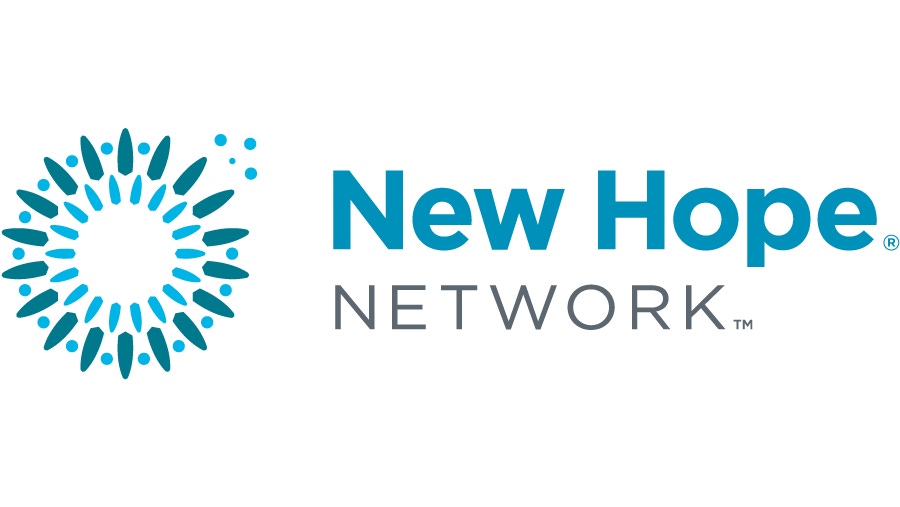Stricter labelling laws mandate allergen warnings
October 1, 2004

The US and the European Union have responded to the increasing incidence of food allergies with regulations that will require ever-stricter labelling of food products that contain potential allergens as diverse as fish, sulphites, nuts, dairy products and eggs.
The US legislation comes into effect on Jan 1, 2006, and requires food manufacturers to label ?in plain, common language? the presence of any of eight major food allergens responsible for 90 per cent of allergic reactions — milk, egg, peanut, tree nut, fish, shellfish, wheat and soy.
Among other demands, it requires the Food & Drug Administration issue a report within 18 months to ensure food manufacturers comply with practices to reduce or eliminate cross contact of a food with any major food allergens that are not intentional ingredients of the food.
It also requires appropriate food terminology accompanies ingredients the public may not be familiar with. For example, casein must be labelled as a milk derivative.
The EU Directive contains a list that is broader, consisting of fish, cereals containing gluten, crustaceans, eggs, peanuts, soy, milk and dairy products, nuts, celery, mustard, sesame seed, and sulphites. Foods sold within the EU have until Nov 25, 2005, to comply with the law.
The Directive abolishes the 20-year-old, 25 per cent rule for compound ingredients, underlining the principle that all ingredients should be labelled, regardless of the quantity contained in the finished food. Labels will also need to give clear information about ingredients made from these foods, for example a glaze made from egg.
The laws, which have been generally well received by industry and consumer groups on both sides of the Atlantic, cover most food items and additives such as spices, additives, flavourings and colourings that had previously been exempt.
Studies have indicated that five per cent of Western populations have food allergies with the figure rising in children. A study at Mount Sinai School of Medicine in New York found only seven per cent of parents of children with a milk allergy were able to correctly identify products that contained milk.
You May Also Like


